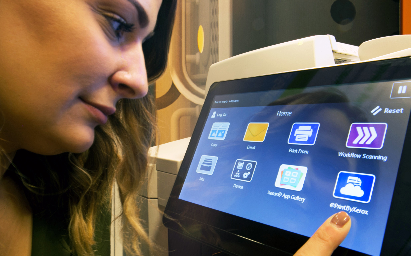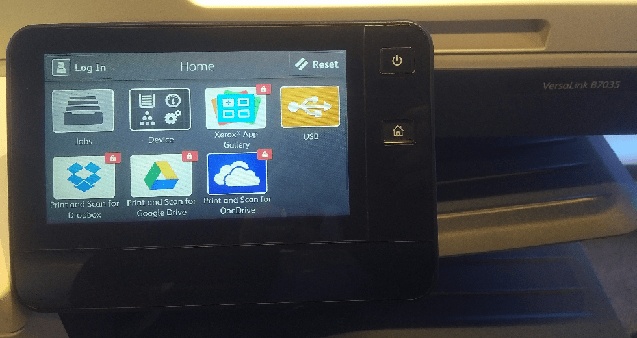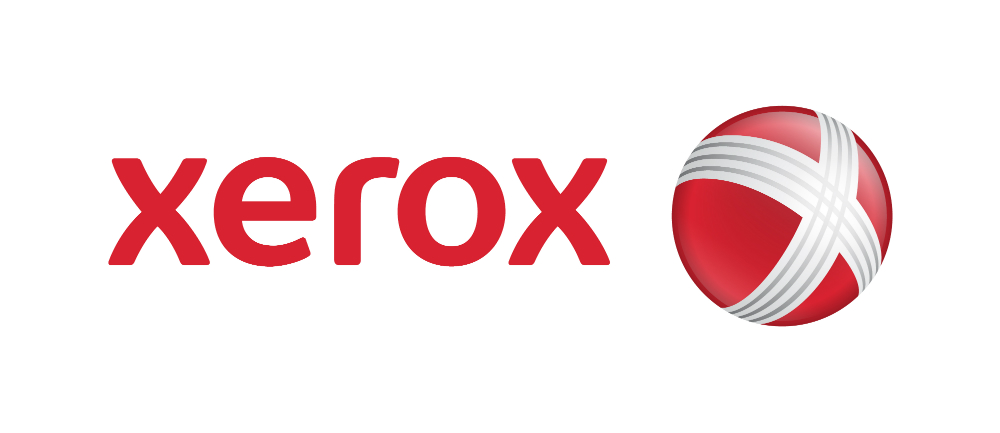NEW YORK – The new Xerox is on a mission, according to CEO Jeff Jacobson.
Now that Xerox has delivered its biggest announcement in 110 years with its VersaLink and AltaLink multi-function printer lines, what’s next?
That will be up to Jacobson, who was named CEO during the summer of 2016 before the planned separation into two publicly traded companies.
That mission – which will be aided by the 29 multi-function printers (MFP) that make up VersaLink and AltaLink – is about making a positive change to Xerox’s current revenue trajectory. And, the new product portfolio is positioned to deliver value for customers specifically in the SMB.
This mission will also be supported by channel partners and not just Xerox-only partners but those managed print service providers who currently offer competing products and solution providers who do not offer any sort of printing and imaging solutions.
“Making the largest product announcement in 110 years is quite the statement,” he said.
But 29 product launch is more about being a smart, workplace assistant than two groups of MFPs.
Jacobson said on Jan. 1st of this year the new Xerox realized to maintain its status as a leader in this industry it needed more products that deliver an exceptional customer experience with no trades offs when it comes to colour, speed and cost.
“These new products are more connected and can move easily between the physical and digital worlds,” he added.
Channel partners will play an integral role in Jacobson’s mission to turn around the fortunes of Xerox. Both the VersaLink and AltaLink lines feature ConnectKey technology that enable users with personalized workflows specific to their business along with one-touch access to the cloud and multi-layered security. Xerox is strategizing that its channel partners will develop these apps so that customers will have a more personalized experience with the MFP.
Jacobson admitted that revenue is down across the sector, however the overall market is worth $85 billion. The mature area of this market which is at $47 billion is the side that is either flat or in a decline.
Xerox represents $11 billion of that market and is focusing its efforts on the digital side of printing which is growing.
“The pivot we are making will help us grow in single and double digits because 60 per cent of revenues in the mature markets are flat or in slight decline. We are changing this revenue trajectory, while maintaining leadership in the mature area. We are shifting the business to the growth markets and we believe it can generate 50 per cent of our revenue by 2020,” he said.
Jacobson outlined a four-part strategy for this area.
- Production colour in ink jet and packaged ink jet.
- Managed document services adding customized analytics and personalized workflows targeted at the SMB, which many do not have managed print services today.
- Extend A4 laser multi-function space with cost competitive apps with cloud connectivity and benchmark security for SMBs who are looking to do more that print, copy, or scan.
- Leverage channel partners to help Xerox extend its reach into the SMB market. Also, use the channel to get closer to the customer.
On the product side, Jacobson said the road map for Xerox going forward will be increasing ConnectKey devices and not just about adding more devices. All new Xerox machines will be workplace focused with security, mobility, a tablet-based interface, and be app driven. “Your personal assistant on your smartphone is moving to the printer. This is poised to transform the workplace,” Jacobson said.
“We are a new Xerox and we have a solid plan to reverse the revenue direction and the focus on document technology. We are inspired by a relentless focus on the customer.”






